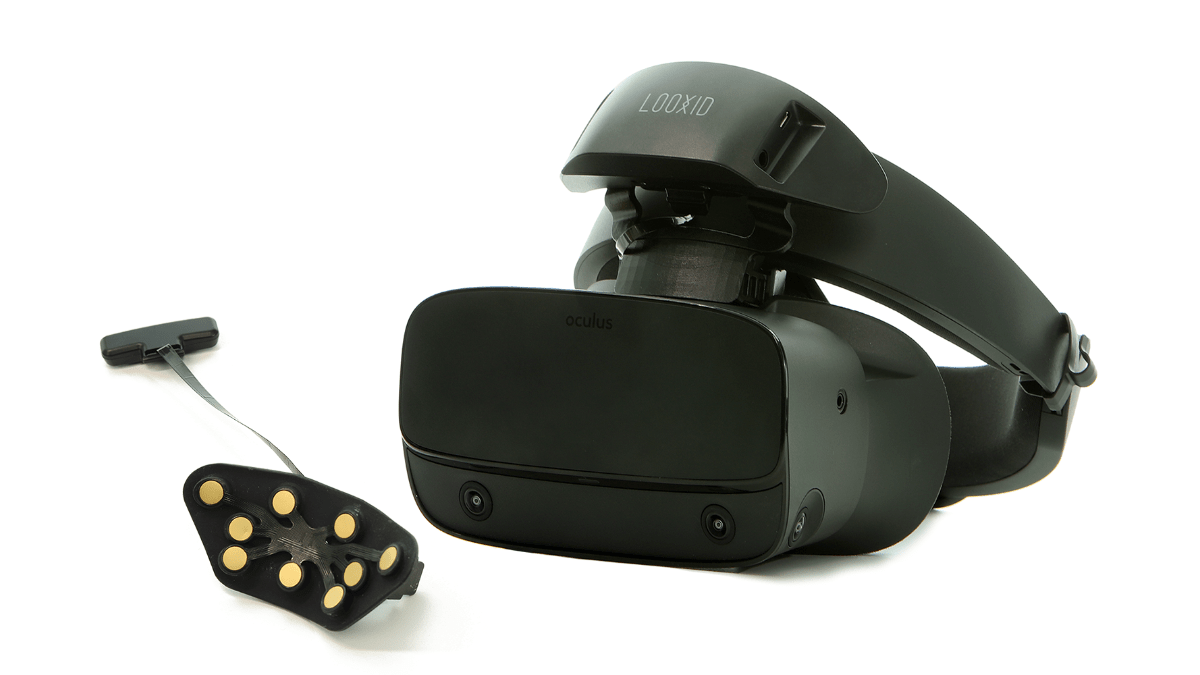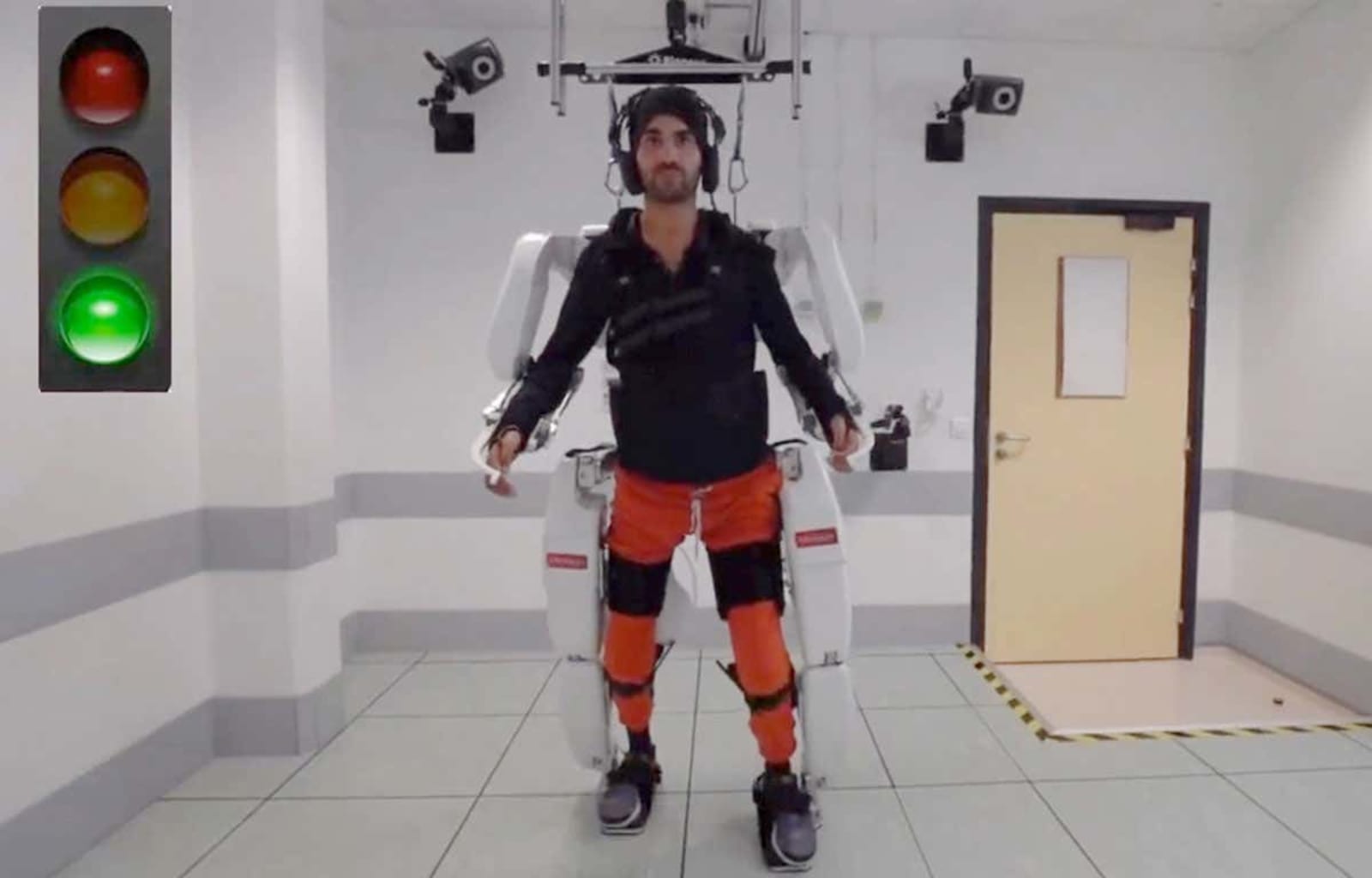Dreams are weird enough all on their own. So the idea that technology could be used to influence your dreams seems like it could produce even stranger results. Now, researchers from MIT are developing a system that could do just that.
A team of scientists at MIT Media Lab’s Fluid Interfaces group has come up with a way to monitor one’s sleep cycle and to induce thoughts using a method called Targeted Dream Incubation or TDI. The technique involves the use of a hand-worn sleep tracking device that monitors the subject’s heart rate, skin conductivity, and the position of their fingers to determine when they have entered an early sleep state called hypnagogia. Working in concert with an app, the system delivers audio cues to the subject, then wakes the sleeper with prompts to record what they remembered in a journal.

Photo by Andrea Piacquadio from .
In their study of 25 participants, the researchers found that 67% of their dream reports mentioned some obvious incorporation of the suggestion. Take the example of the word “tree.” The dream journals included descriptions of a tree-shaped car, a shaman sitting beneath a tree, and images of trees splitting into pieces. We’re clearly not talking about the kind of detailed world-building depicted in Christopher Nolan’s Inception, but the technique could be used to help inspire creative brainstorming sessions on a particular topic or to help redirect stressful dreams in a more positive direction.
You can find more detail on the dream manipulation research study and its possibilities over on Live Science and the MIT Media Lab website.
[via adafruit blog]
 Two years ago, Looxid Labs walked Engadget through a VR museum. A virtual display was pinned to the corner of the user's field of vision and contained real-time stats on his brain activity. At the time, the product seemed a little out-there, but it h...
Two years ago, Looxid Labs walked Engadget through a VR museum. A virtual display was pinned to the corner of the user's field of vision and contained real-time stats on his brain activity. At the time, the product seemed a little out-there, but it h...
 Welcome to Hitting the Books. With less than one in five Americans reading just for fun these days, we've done the hard work for you by scouring the internet for the most interesting, thought provoking books on science and technology we can find and...
Welcome to Hitting the Books. With less than one in five Americans reading just for fun these days, we've done the hard work for you by scouring the internet for the most interesting, thought provoking books on science and technology we can find and...
 For decades, doctors have used eye movement to quickly triage brain health, as eye movement patterns can point to conditions like concussion or stroke. Now, C. Light Technologies, a neurotech and AI company that grew out of the Berkeley Skydeck accel...
For decades, doctors have used eye movement to quickly triage brain health, as eye movement patterns can point to conditions like concussion or stroke. Now, C. Light Technologies, a neurotech and AI company that grew out of the Berkeley Skydeck accel...
 A joint effort between Google and the Janelia Research Campus has just achieved a significant breakthrough in brain mapping. They've published the largest high-resolution map of brain connectivity to date, offering a 3D model of 25,000 fruit fly neur...
A joint effort between Google and the Janelia Research Campus has just achieved a significant breakthrough in brain mapping. They've published the largest high-resolution map of brain connectivity to date, offering a 3D model of 25,000 fruit fly neur...
 Scientists (and sci-fi fans) have been talking about suspended animation for years. The idea that the functions of the human body can somehow be put on "pause" while life-saving medical procedures are performed (or a person is sent into space, a la A...
Scientists (and sci-fi fans) have been talking about suspended animation for years. The idea that the functions of the human body can somehow be put on "pause" while life-saving medical procedures are performed (or a person is sent into space, a la A...
 AI is already capable of discovering medical conditions with a high degree of accuracy. However, brain hemorrhages are particularly challenging -- false positives slow things down, while missing even a tiny hemorrhage could be deadly. The technolog...
AI is already capable of discovering medical conditions with a high degree of accuracy. However, brain hemorrhages are particularly challenging -- false positives slow things down, while missing even a tiny hemorrhage could be deadly. The technolog...
 A paralyzed man regained the ability to walk with the help of a robotic exoskeleton that he controlled with his mind. Unlike other, more invasive mind-controlled robotics, this one used electrodes implanted above the brain's outer membrane, not in th...
A paralyzed man regained the ability to walk with the help of a robotic exoskeleton that he controlled with his mind. Unlike other, more invasive mind-controlled robotics, this one used electrodes implanted above the brain's outer membrane, not in th...
 MIT engineers created a thread-like robot that can glide through the brain's blood vessels and could deliver clot-reducing drugs to treat strokes or aneurysms. The robotic thread could offer an alternative to open brain surgery, and it could be contr...
MIT engineers created a thread-like robot that can glide through the brain's blood vessels and could deliver clot-reducing drugs to treat strokes or aneurysms. The robotic thread could offer an alternative to open brain surgery, and it could be contr...